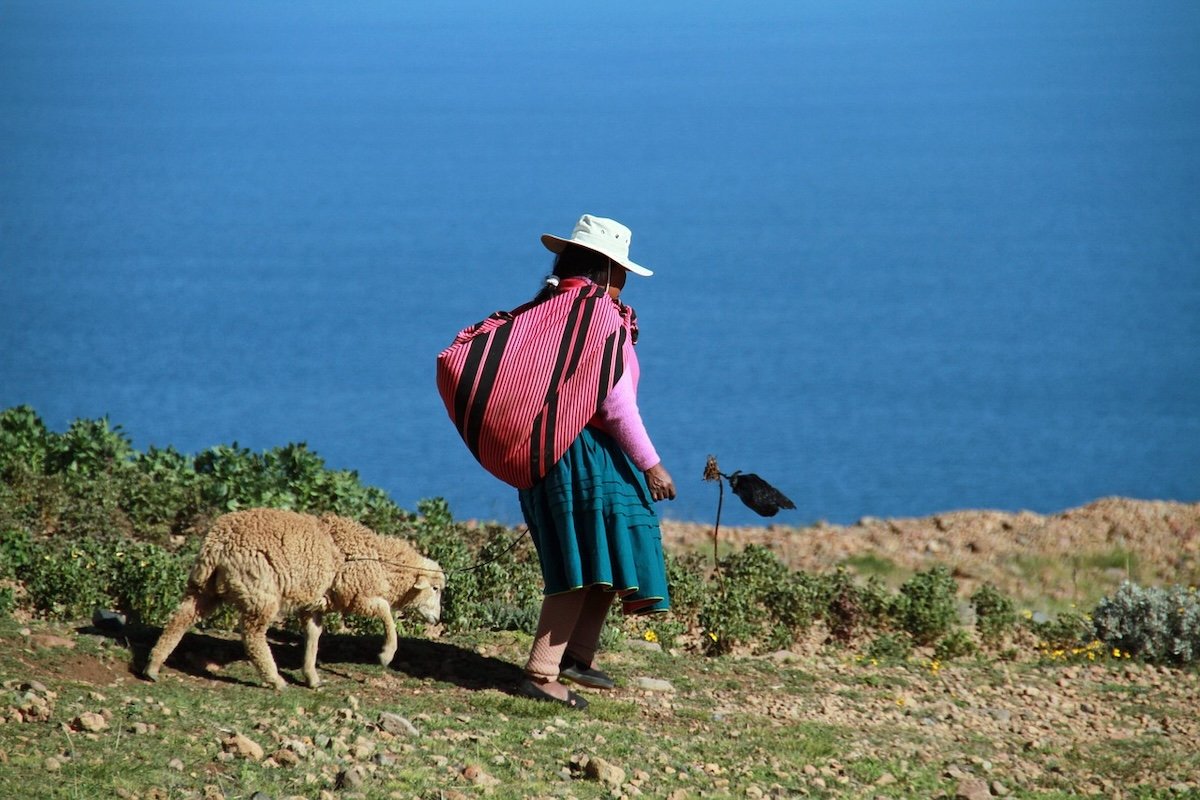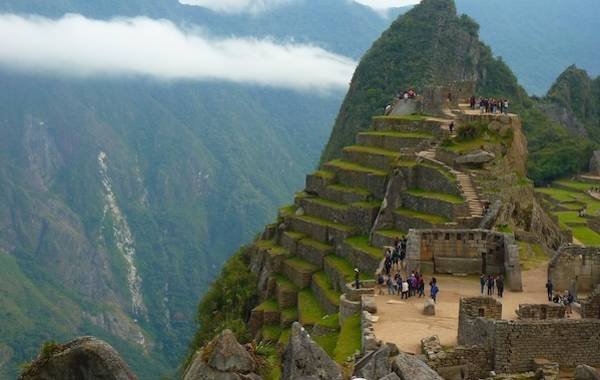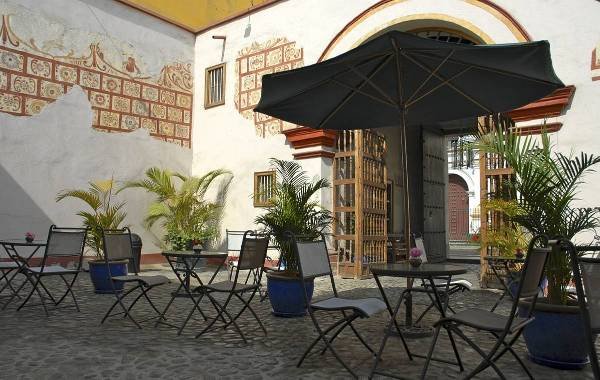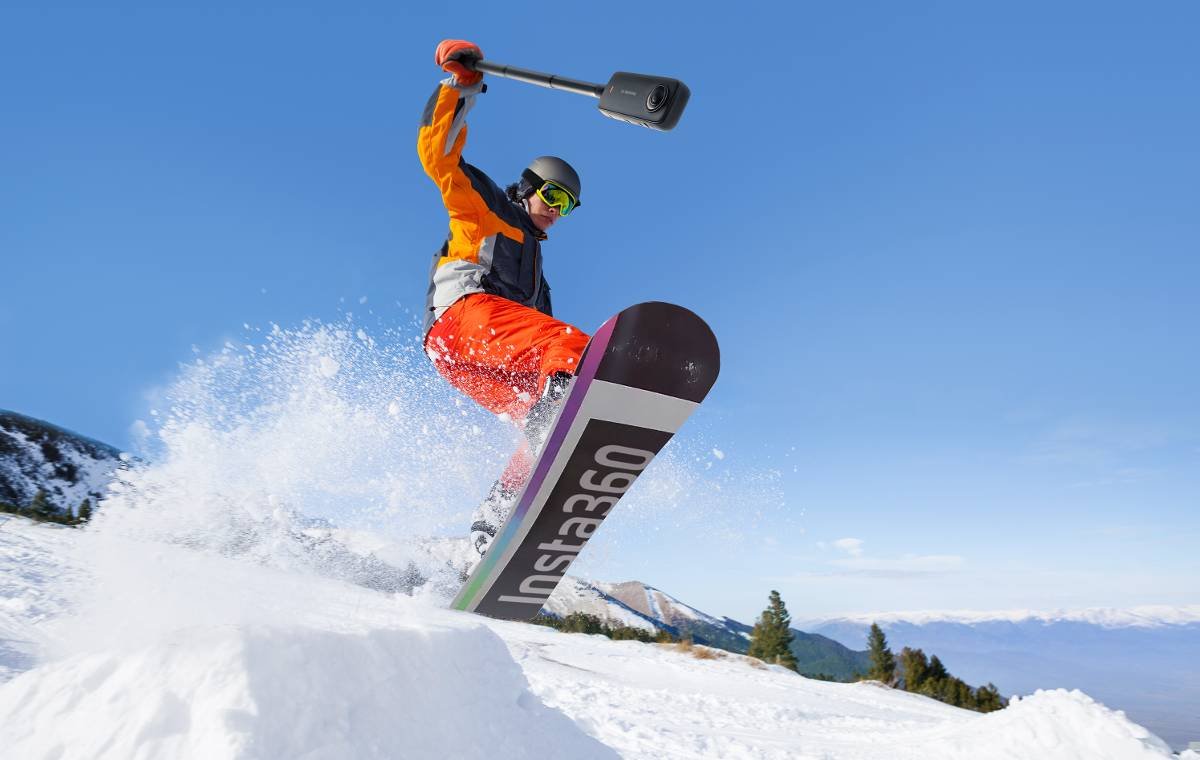
Tipping Culture – Peru
A Complete 2025 Guide to The Peruvian Tipping Culture
Imagine yourself in a nice restaurant, enjoying the last of your lomo saltado, as you finally start your vacation in Peru. You reach up to ask for the bill, but then you freeze – you don’t know how much to tip. Thoughts rush to your mind: how much do I tip? Do I even tip? Suddenly, regret sets in. You should have really caught yourself up on Peruvian tipping culture.
Don’t worry! Tipping in Peru doesn’t have to feel like you’re scaling Huayna Picchu. We’ll go over everything you need to know in this guide. We’ll cover everything, including how much to tip, when to reach for your wallet, and even some cultural etiquette that you may pick up along the way.

Hi there! I’m Emily, a travel writer with a passion for exploring the great world we live in. I love to share my travel wisdom where possible to ensure people can truly make the most of the time when they visit places. One of my most memorable trips was Rio De Janeiro in Brazil, that city has some of the most wonderful, crazy energy!
Affiliate Disclosure: Some of the links on our site are affiliate links, meaning, at no additional cost to you, we may earn a commission if you click through and make a purchase. This helps us to continue providing valuable content and supports our efforts in bringing the travel community together. We only recommend products and services we believe in and think you’ll find useful. Complete details are included in our affiliate disclaimer. Thank you for your support!
In a Hurry? Here's our Key Info for This Article
- Tipping in Peru is appreciated but not always expected
- In restaurants, a 10% tip is standard unless a service charge is included
- Taxis dont expect tips, but rounding up the fare is a good gesture
- In hotels, tip bellhops 2-5 soles per bag and housekeeping 2-5 soles per night
- In rural areas, tips might be refused, so a thank you can suffice
- Avoid tipping in sacred sites like Machu Picchu and Lake Titicaca
- Street vendors appreciate rounding up payment, but haggling might be more appropriate
Stay Connected
Things to Do
Essential Apps
Surfshark VPN
Stay safe online and continue accessing all your services just like back home.
Budget Tips
Peruvian Tipping Culture In A Nutshell
Although tipping isn’t always expected in Peru, you don’t have to feel pressured about it, though it would be greatly appreciated. The region’s culture sits comfortably in the middle of North America’s generous tipping and Europe’s more subdued approach. Although tipping is not very common among Peruvians, the country’s growing tourism industry has made it so, particularly in tourist areas and upscale restaurants.
Now, let’s talk numbers. In restaurants, a 10% tip is standard if you’re happy with the service, similar to the Greek tipping system. Some nicer joints can include a 10% service charge and when they do, don’t feel obliged to tip more unless you get exceptional service. Remember to always double-check your bill!
Taxis don’t expect tips either, especially for short rides. However, if your driver goes out of his way to help you with your bags or make your trip extra comfortable – you can round up the fare to say thanks. In hotels, it’s a great start to tip bellhops about 2-5 soles per bag. For housekeeping, you can leave 2-5 soles per night.
Understanding The Peruvian Tipping Culture
Like many facets of Peruvian society, tipping customs is an interesting mix of indigenous customs, Spanish colonial influence, and global trends. So we can better understand why tipping inPeru is what it is today, we need to understand this influence.
If we take a peek historically, the concept of tipping as we know wasn’t part of traditional Andean culture. The pre-colonial Inca empire ruled with a complex system of reciprocity and communal labor called mita. In a nutshell, this is mandatory labor service where citizens contributed work to the empire in exchange for basic needs. The colonial era saw the introduction of European influences that included gratuities. It didn’t really catch on as quickly as it should, mainly in urban areas and among the upper classes.
It’s when we reached the 20th century that we finally saw some impact. The 1960s to 70s opened the doors to international tourism in Peru, and tipping practices became more common, especially in Cusco and Lima. This continued to be more usual as Peru’s tourism industry boomed.
The Do’s and Don’ts of Tipping in Peru
We are well on our way to breaking down the nitty-gritty of tipping in Peru. Here’s a cheat sheet to master the do’s and don’ts of Peruvian tipping etiquette:
| ✅ Do’s | ❌ Don’ts |
|---|---|
| Carry small bills and coins to make it easier to tip. | Feel obligated to tip for poor service. This is completely okay. |
| Be more generous in touristy areas and upscale establishments. | Over-tip. It can create unrealistic expectations and discomfort. |
| Leave your tip in cash, even if you pay by card. | Be surprised if your tip is refused, especially in more rural areas. |
| Tip tour guides, especially for multi-day treks | Tip in public services or government offices. |
Exceptions to the Rule
Don’t be like me and get all over-confident with your Peruvian tipping culture knowledge as there are a few exceptions to keep you on your toes! Peru is a country of incredible diversity, and that extends to its tipping practices too.
- Folks running small, family-run places, especially in rural areas, might not be used to tips. In some cases, they may even refuse. Don’t push it and leave a simple thank you instead.
- In sacred sites such as Machu Picchu or Lake Titicaca, people may view tipping as inappropriate and even offensive. Opt to buy local products or make donations instead.
- Street stall vendors don’t really expect tips, but they will appreciate it if you round up your payment. Just an additional tip: it’s best to read the situation as sometimes it might be better to haggle than tip.
- When it comes to tour guides for multi-day treks (for instance, the Inca trail) tipping practices can be more structured. Often, there’s a suggested tipping pool for the whole group of guide, porters and cooks. It’s totally cool to ask your tour operator for guidance.


How Much Do I Need To Tip?
While there’s no one-size-fits-all answer for tipping in Peru (wouldn’t that be the dream anywhere?), here are some ballpark figures you can work with. Think of these as a starting point:
| Service | Suggested Tip |
|---|---|
| Restaurants | 10% of the bill, if service charge is not included |
| Bars | 1-2 soles per drink, or 10% of the total bill |
| Taxis | Round up to the nearest sol for good service |
| Hotel Housekeeping | 2-5 soles per night |
| Guided Tours | 10-20 soles per person for half-day tours |
Conclusion
Remember, at its core, money isn’t the biggest consideration when tipping in Peru. It’s a great way to show appreciation, participate in local customs, and contribute to the livelihoods of the people who make your Peruvian trip more awesome. There’s no need to stress about getting tipping exactly all the time, your sincere thank you paired with a smile and your tip will be fondly remembered.
Allow your newly acquired tipping skills to serve as a bridge for more meaningful exchanges with Peru’s locals while you tour this amazing nation. Take advantage of the opportunity to chat, educate yourself, and interact with the friendly and hospitable Peruvians when handing over your tips.
And hey, if you are sometimes dumbfounded about tipping (it happens!)? Go with your gut and the key points I’ve highlighted here. So go forth, tip wisely, and immerse yourself in all the wonders Peru has to offer.
Peruvian Tipping Culture: What You Need to Know FAQ
Tipping is a way to show appreciation for services, especially in restaurants, hotels, and during guided tours. However, the amount varies and is often left to your discretion. This is very similar to the Brazilian tipping culture.
In restaurants, it is typical to tip around 10% of the bill, only if a service charge is not already included. Unlike the Icelandic tipping culture where the 10% is always included. For exceptional service, tipping above 10% is appreciated but not expected.
Tipping taxi drivers in Peru is not mandatory. However, rounding up the fare to the nearest sol for convenience is a common practice. For longer journeys or if the driver has been particularly helpful, a small tip may be added.
Yes, tipping tour guides is expected. For group tours, a tip of 10-20 soles per person per day is standard. For private tours, 20-50 soles per day is the baseline, depending on the quality of the experience.













